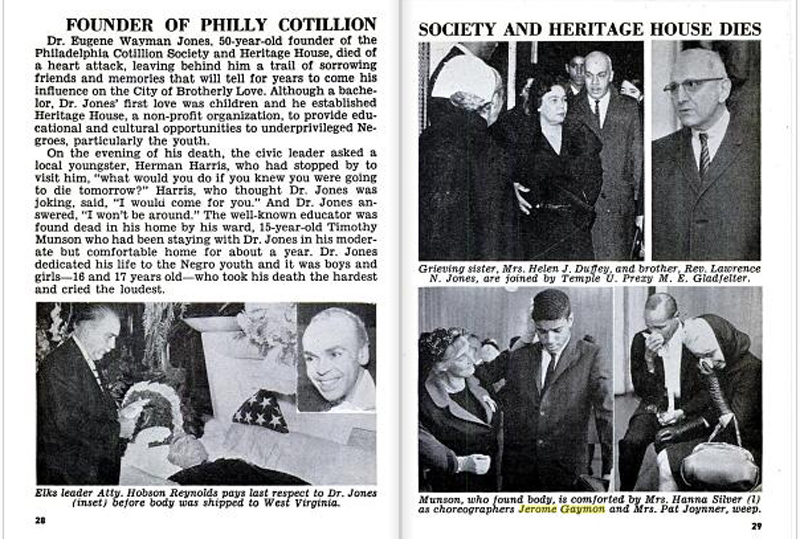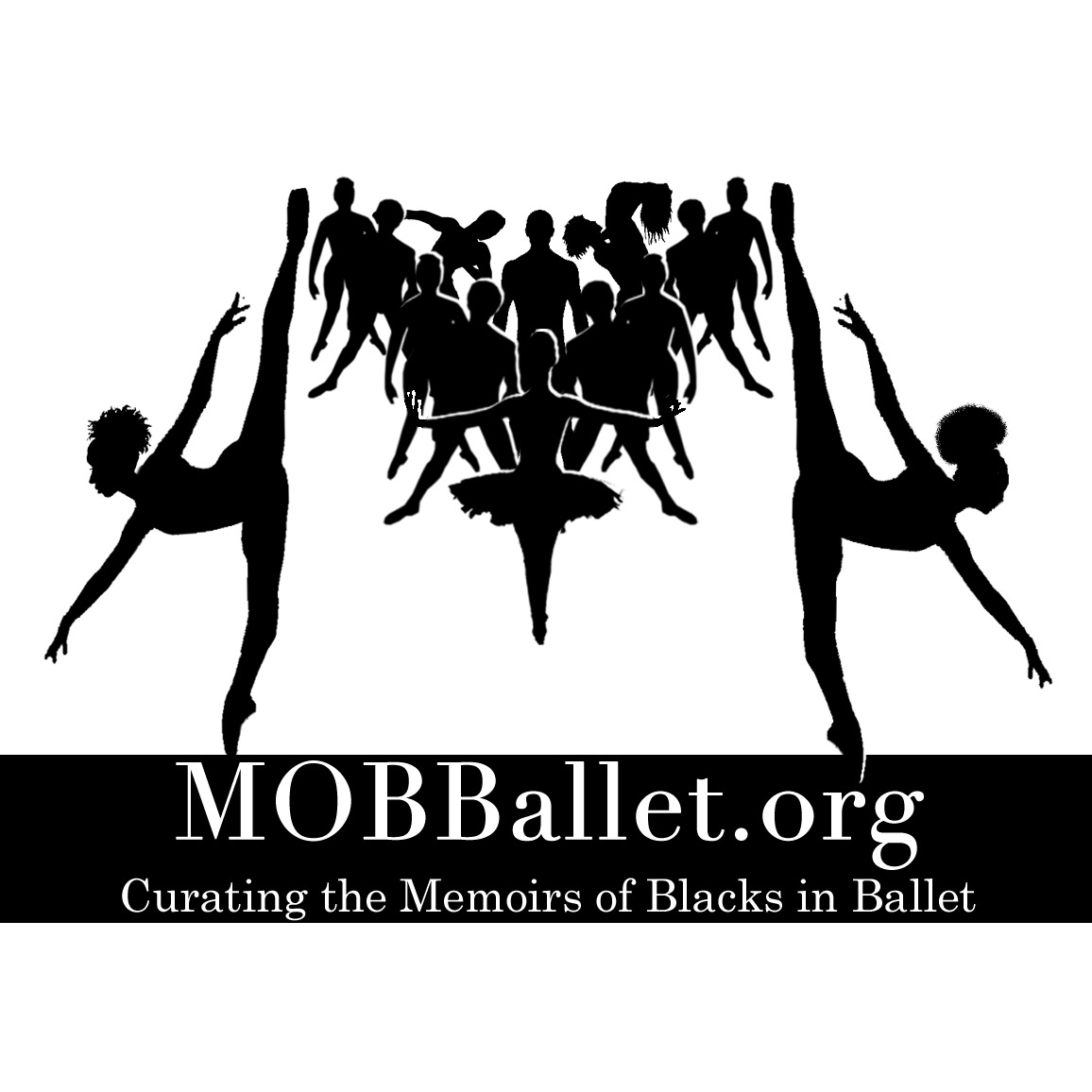Sydney King, Marion Cuyjet, and Dr. Eugene Wayman Jones


During the years when Sydney King and Marion Cuyjet were first operating their schools, there were no companies for Negro ballet performers, and they were not granted entry into white ones. In Philadelphia, advanced Negro ballet dancers existed in a sort of limbo, with little to no place to perform, essentially becoming professional class-takers with allegiances to schools. Within the Black communities, there were small opportunities at churches and local events. The consistency and the level could never compete with professional companies, but the Christmas Cotillions could stand toe-to-toe in scale and prestige. The largest and most prestigious were the Black Society Cotillions produced by Dr. Eugene Wayman Jones, founder of the Philadelphia Cotillion Society and the North City Congress and producer of the gala events held at the Convention Hall. These were lavish events with high profile honorees including Marian Anderson (1949), Ralph Bunche (1950), Eleanor Roosevelt (1952), Pearl Buck (1956), and Martin Luther King Jr. (1957). Jones enlisted prominent dance schools to provide entertainment, accompanied by the Philadelphia Orchestra.
The Sydney King School of Dance and the Judimar Schools collaborated in choreographing full-length story ballets: Frozen Fire (1950), Blue Venus (1954), and The Prince and the Rose (1956). (At age 15, Judith Jamison debuted as Myrtha in Giselle.) The productions were extravaganzas with sets, costumes, props, and even live animals courtesy of the Masonic Hall. These events brought the two schools head-to-head in not-so-subtle competition. Each would create their section separately and then integrate them with just a few hours of rehearsal. Everyone from the most advanced to the beginner students had a role.
Although Cuyjet would study and take class with her students to improve her pedagogy, during these productions she would let them take the spotlight on the stage. King, on the other hand, would perform featured roles alongside her students in their productions. Perhaps these performances ignited her unrequited dream of becoming a professional dancer, moving her to seize these moments to shine.
Source:
Sydney King and Marion Cuyjet, MoBBallet
More about Dr. Eugene Wayman Jones
Dr. Eugene Wayman Jones was born ca. 1914 in Moundsville, West Virginia. After attending the State College at Bluefield, West Virginia (graduating in 1938), Jones earned his Master’s degree in education in 1946 and a PhD in 1953, both from Temple University.
During World War II, he served as a staff sergeant and directed battalions choirs, later moving to Philadelphia in 1946.
Jones was heavily engaged with the Philadelphia community—he was a member of the Community Council, the Fellowship Commission, the American Society of Composers and Conductors, the nominating committee of the Girl Scouts of Philadelphia, and the executive committee of the Philadelphia branch of the NAACP; consultant for the Committees of Negro Affairs in several major cities; and director of the Educational Television Council and the Philadelphia CARE Committee.
Most notably, Jones founded the Philadelphia Cotillion Society and Heritage House, a non-profit organization that provided “educational and cultural opportunities to underprivileged Negroes, particularly the youth.” He was the recipient of the Philadelphia Man of the Year Award and the Cultural Award from the Chapel of the Four Chaplains.
Jones died on December 12, 1964 of a heart attack at age 50.
Sources:
Founder of Philly Cotillion, Jet Magazine
E. W. Jones, 50, LED Heritage House; Founder of Negro Welfare Body in Philadelphia Dies, The New York Times

Written and/or compiled by Mad Crawford

